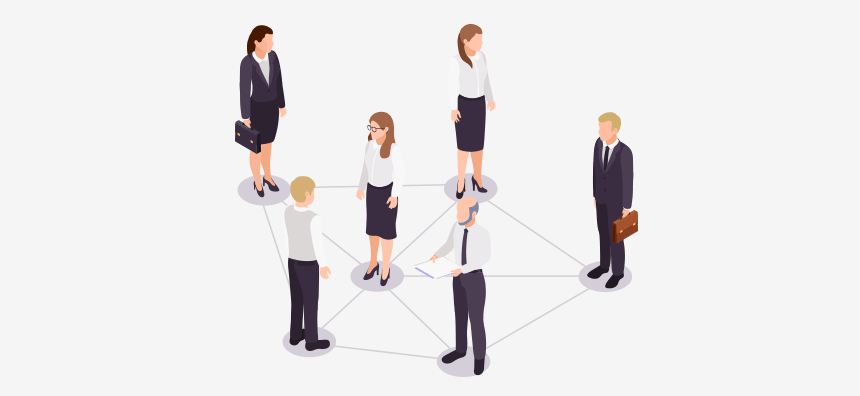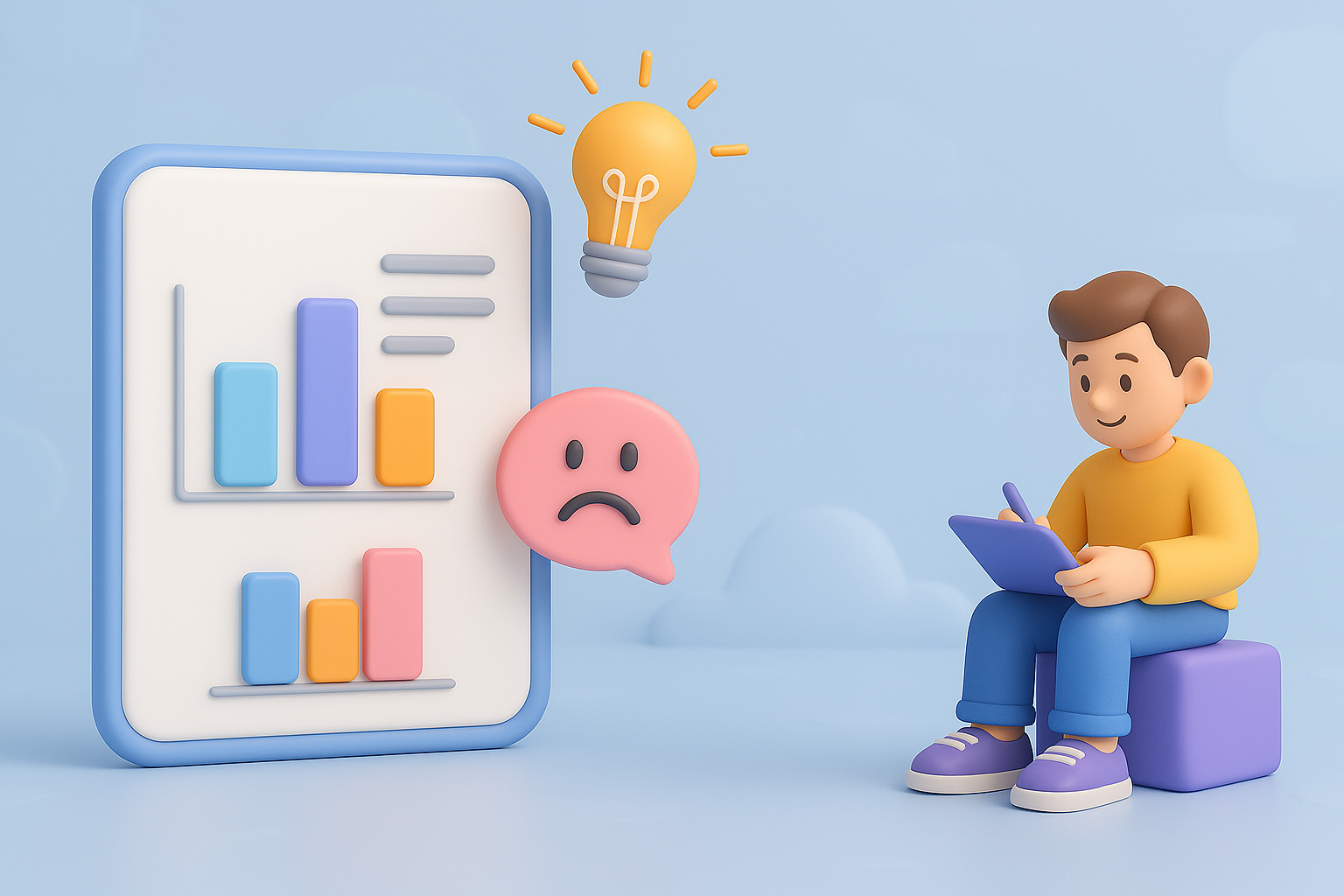
Click the button to start reading
How Level 10 Meetings Can Enhance Leadership Meetings
Meetings are a frequent occurrence in the workplace no matter what industry we work in. If conducted well, meetings designed with strategic structure and lead with purpose can be some of the most productive sessions of collaboration, inspiring new ideas, aligning perspectives, and moving forward as a cohesive unit with powerful and focused momentum.
If meetings are not conducted well, the result can be an unmotivated team, uninterested and confused by the necessity of the meeting. In worst-case scenarios, unproductive meetings can lower morale, cause disruptive tension between team members, and stunt creativity and the ability to think proactively. There are a number of ways to stay ahead of these pitfalls, especially with meetings involving leadership. Asking the right check-in questions or being strategic with timing and frequency can make a big difference in the workplace.
However, if you’re looking to engage the attendees in a meaningful way, have them understand what makes a meeting effective (and what makes an inefficient meeting), and capture any relevant issues that need solving with a structure that keeps the team on task and communicating consistently, a level 10 meeting might just be with what you’re looking for.

Where Did The Level 10 Meeting Come From?
The Level 10 Meeting is one of the most important tools used in the EOS, the Entrepreneurial Operating System. The EOS is a highly effective business model that looks at the business as a whole in order to strengthen core operating procedures, improve leadership techniques, provide better control of the business, gives you clarity on the vision for the business, and creates the values that act as the foundation for the organization.
Introduced by Gino Wickman, countless businesses around the world have adopted this model into their own operations. Driven by the desire to drastically improve the way they run their business, the EOS introduces fundamental tools that are easy to integrate into their workforce.
Alongside the Level 10 meeting, other tools include Kolbe, Rocks, 5-5-5-, and the Accountability Chart. This extensive toolkit is designed to directly impact the six core areas of business according to the EOS model:
- Vision – The ability to have everyone on the team see and share the same vision for the company.
- People – Having the right people in the right seats, performing at their best.
- Data – Being able to measure performance.
- Issues – Identifying, discussing, and solving the various issues that need to be fixed in order to avoid repetition and move forward.
- Traction – Everything from accountability and ownership of work to execution of the final result to achieve intended outcomes.
- Process – Having the best processes in place documented so that they may be followed consistently.
These six areas that comprise any business must be running smoothly in order to find success in their specific markets. A Level 10 Meeting is one way to make this happen.

What is a Level 10 Meeting?
A Level 10 Meeting is designed specifically for leadership meetings in order to keep the meeting productive and on-task. At the end of the session, the facilitator asks the group to rate the meeting on a scale from 1 to 10. These ratings are also shared out loud to their peers based on their experience of the meeting itself. This technique can admittedly be awkward when the team puts this into practice for the first time, with many individuals unsure of what components determine the makings of a “good” meeting.
Normally, when asked to rate the success of a meeting, participants often aim for a number that isn’t the perfect 10, but nothing too low, such as a 6 or 7, to avoid creating moments of tension. Some common issues that arise with this method include employees not wanting to be punished for providing a low score, embarrassing the facilitators of the meeting, or being seen as complaining or unsupportive.
The purpose, however, for a Level 10 Meeting is to keep the participants active throughout the session, making them think of the factors that contribute to a productive meeting. It’s important to encourage the team that their answers are here to help improve the company’s processes, to ensure that their time is being used efficiently, and to create platforms where problem-solving and teamwork are firing on all cylinders. It needs to be clearly communicated that providing a rating they’re not completely honest about won’t actually improve anything. If there’s a problem, but no one on the team feels comfortable sharing their thoughts, the problem simply remains (and has the potential to get worse). Everyone on the team must be open to change and accept that there’s always going to be room for improvement. Honesty will be rewarded. And most importantly, bad scores are not a reflection of anyone in particular. It’s a reflection of the process and how it can be better for everyone involved.
In order to help the team get a better idea of how to truly rate a meeting at the end, here are some questions they can ask themselves to formulate their score:
- Did I come to the meeting prepared?
- Was there an agenda provided?
- Was the agenda easily accessible?
- Did we follow the agenda?
- Did the team engage in the discussion?
- Did everyone get a chance to voice their concerns or ideas?
- Did I feel comfortable sharing my thoughts, opinions, and questions?
- Did the team feel comfortable being honest with their thoughts, opinions, or questions?
- Did we identify the issues we needed to?
- Did we have a thorough discussion about the issue and addressed all points? If not, is it clear that we will revisit the topic at the next meeting?
- Did we solve the issues on the agenda? If not, is it clear when we will address the remaining agenda items?
- Do we have clear next steps?
The goal is to have these meetings be at that perfect 10—or at least be a score of 8 and above.

Why Does a Level 10 Meeting Work?
A Level 10 Meeting works well in teams because of a few key reasons:
- Keep your participants engaged – Meetings without structure and a focused agenda can have a negative impact on the participants. It gives them an opportunity to be passive observers, rarely contributing to the discussion or engaging in higher-level thinking. With a Level 10 meeting, however, and the knowledge that by the end of the discussion they will need to give a score they feel is appropriate along with justification to support their rating, this keeps your team constantly alert. They are actively observing what’s working for the meeting, and what isn’t. Level 10 meetings put them in a position to be solution-focused, thinking about the outcome and the most efficient ways to get there. With a carefully crafted agenda to guide the conversation, all participants will be able to not only get most if not all their questions answered, but provide their own insights into the different areas of the business in hopes of further improvement and heightening motivation.
- Retain your top talent – It can become easy for employees to jump into a scheduled meeting, take notes, ask questions, and receive updates before quickly logging off (or leaving the conference room). In fact, most employees would probably prefer the quickest discussion possible in order to save time and get back to their main assignments for the day. While this may seem like the more expedient option, Level 10 meetings can provide a level of clarity that’s important for professional development. The way leadership runs meetings can be a preview of how business is conducted in general. Managers that possess more skill in this area and lead with purpose, giving their team clarity on the next steps and proposed solutions, have a higher chance of retaining their top talent. High-performers can certainly recognize when meetings are unproductive and a drain on resources. Because Level 10 meetings are a way to align the team, everyone can move forward productivity and maintain solid momentum in the workplace.
- Provide a clear and expected meeting structure and agenda – Over the year, meetings have earned a reputation for being largely disjointed, pointless, and a waste of time (if not facilitated well). Level 10 meetings have a strict agenda that the team adheres to on each occurrence. It’s reliable, with designated spots for a warm-up, Q&A, discussion, and next steps. Employees want clarity in the workplace as it improves morale and gives them an opportunity to voice their concerns and thoughts. A Level 10 meeting can provide this very structure a team needs in order to thrive, using resources wisely.
- Motivates the team to be better, every time – When first rolling out the concept of a Level 10 meeting, the team should be aligned in this one fact: there’s always room for improvement. With this in mind, the structure of these meetings (and the rating portion at the end) should be an easier transition for all relevant parties. Level 10 meetings teach the team to continuously seek improvement. How can the next meeting be better than the last? What made it successful? And how can we capitalize on those factors to make our next one more effective? What parts of the meeting felt slow? What didn’t work and why? The goal is to improve these discussions, seek a rhythm that works for the team, and develop easier ways to increase engagement and problem-solving.
Level 10 Meetings can provide a plethora of benefits in the workplace. As its basic outline provides a clear and focused agenda for the team to discuss and resolve, Level 10 meetings prioritize tasks, get to the solution faster, and avoid having additional, unnecessary meetings about the same topic.

Who Should Attend a Level 10 Meeting?
Level 10 meetings should generally be for senior leadership. This ensures that all the important topics are being identified and resolved so that the rest of the team can work on implementation and roll out. While Level 10 meetings, in principle, can definitely be rolled out to the remainder of the team, the most effective use of this technique is done at the leadership level, ensuring that business operations continue to run as smoothly as possible and all high-level matters are being addressed.
How Long Does a Level 10 Meeting Last?
A Level 10 meeting lasts a total of 90 minutes and is held weekly on a day chosen by the participants. For example, many companies like to use Monday for Level 10 Meetings as it’s a good way to start off the week. 90 minutes can definitely seem like a long time, but with the typical structure of this type of meeting, it ensures that the most amount of time is used to reach effective outcomes. This also gives ample time for participants to think about their assessment of the meeting and provide their ratings. Each individual will be given a chance to provide a score and then a brief explanation as to their reasoning. All feedback will be taken into consideration.

Example of a Level 10 Meeting Agenda
Now that we understand the benefits of a Level 10 meeting, who is usually involved, and the frequency of these discussions, let’s take a look at an example of a Level 10 agenda. Keep in mind, you can make this available in a shared drive or part of the calendar invite so that participants have easy access to the information and can anticipate the topics for discussion:
- Intro (3-5 minutes) – You have a couple of options for the first few minutes including a positive focus for the week, an icebreaker, or a recitation of the company’s core values. No matter what you choose as the intro for the meeting, always lead with positivity or good news.
- Review of the scorecard – A review of the previous scorecards from the past meeting to seek continuous improvement and review any scorecards from clients that factor into the business metrics.
- Objectives/Rocks – A brief discussion on the projects that are on track, progressing on time, or in delay. This is also an opportunity to review upcoming milestones and ensure the team is meeting respective deadlines and objectives.
- To-do list – Another brief discussion on the topic of work that needs to be completed or addressed in the IDS meeting.
- Identify, Discuss, and Solve (IDS)– The bulk of the meeting happens here, discussing essential matters that need further guidance and input.
- Summary of next steps – No more than 5 minutes should be designated towards this task as the participants should have been assigned their roles in the IDS portion of the meeting. The facilitator can give a quick, high-level summary of the next steps for the team.
- Score – Each participant provides a score at the end for review at the next meeting.
An effective facilitator for Level 10 meetings can help the entire group achieve success and stay on track during the discussions. It’s also important to have someone assigned to take notes and another to keep an eye on the time, which can also be noted in the agenda for the meeting.
In Conclusion
Level 10 meetings provide a structure for leadership to follow so they can achieve the best possible outcomes after a meeting instead of wasting precious time. It’s a critical tool in every business’s toolbelt and helps the team continuously strive for improvement in the workplace.
















